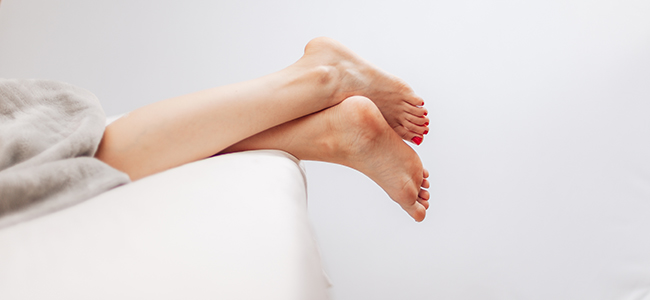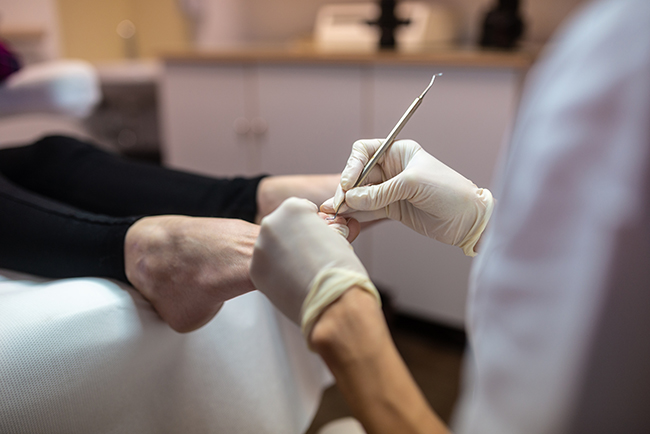Did you know that your toenails are one of the most vulnerable parts of your body?
They are tried and tested every day: closed shoes, bacteria on the floor, in the bathroom or shower, random creams and lotions, or a poorly done pedicure.
These factors affect the appearance and health of the nail plate.
Now it’s time to figure out how to get healthy toenails and keep them in perfect condition.
How shoes affect the condition of your nails
The best way to keep toenails healthy is to choose the right closed-toe shoes. They look great on the foot, and fit the size: the distance between the big toe and the toe box of the sneakers, dress shoes, or boots, should be at least 1,5 cm.
Nevertheless, you should wear them with socks to avoid getting dust, dirt, and bacteria under the toenails that could provoke the development of fungus.
Also, socks prevent damage to the nail plate.
Are there any guidelines for a healthy pedicure?
There are several of them. And all nail techs working in salons and at home, adhere to them:
- due preparation for pedicure: a warm soak with sea salt, bicarb, essential oils, that help soften the nail plate. After soaking, it is much easier to correct the shape and length of the toenails;
- careful handling of the cuticle: it can be softened with a remover and then removed with an orange stick. It can also be removed with an electric file (machine pedicure), a spatula, scissors, or clippers (classic pedicure);
- tool sterilization: after pedicure, all used clippers, scissors, spatulas are soaked in a concentrated solution, and then treated in a hot air oven. If you did a pedicure at home, you can use a concentrated solution to clean the tools.
By following these rules you will maintain the beauty and health of your toenails.
The key rules for taking care of the toenails
Rule #1: monitor the cuticle area. It is recommended to apply moisturizing creams or cuticle oil, since this is what helps toenails grow healthy. Dry cuticles crack and peel. It becomes a breeding ground for bacteria and a potential source of infection.
Rule #2: observe the physical appearance of your toenails. Healthy toenails vs unhealthy look much better. They have no alteration in color and structure.
If you notice the slightest imperfection, contact a specialist.
Rule #3: The third rule of how to grow healthy toenails is the prompt correction of their shape and length.
It is recommended to have a pedicure once every 3-4 weeks. It includes cuticle removal, a neat trim of excess length, and correction of the shape of the nail plate.
Long toenails are an unnecessary strain on the feet. They can cause the nail plate to become deformed. Microcracks develop, which in turn create a favorable environment for the bacteria to thrive.
If the toenail has changed color or acquired deep cracks, you need to cut it or use special treatment.
What are the most common problems with toenails
There are a number of problems when you need to immediately seek help from a podiatrist or dermatologist:
- ingrown nail: this occurs due to improper correction of the nail plate. When this occurs, the specialist uses a special ingrown toenail lifter tool to remove the ingrown nail. This is done to reduce pain and eliminate any factors that could cause trauma to the nail plate or lateral folds;
- fungal infection: this changes the color and structure of the nail plate. It becomes yellowish or grayish in color. The nail peels. A specialist will prescribe a treatment cycle;
- psoriasis: these are red scaly patches around the nails. They become a source of infection, which also affects the condition of the nail plate. A well-chosen treatment course, considering the type of infection and its stage, will help to get rid of the disease.
It is not recommended to treat any damage to the nail plate or infection on your own.


